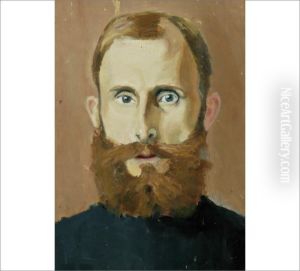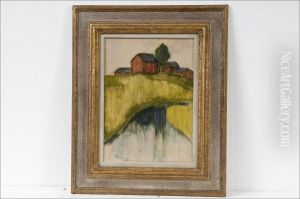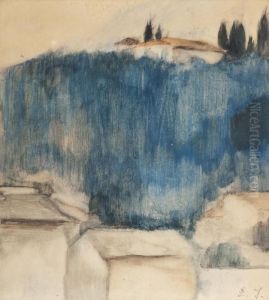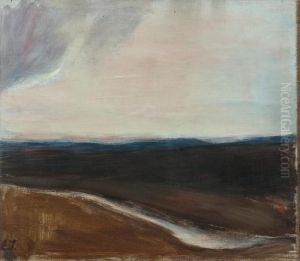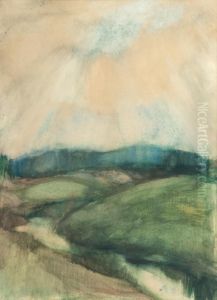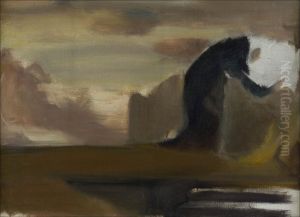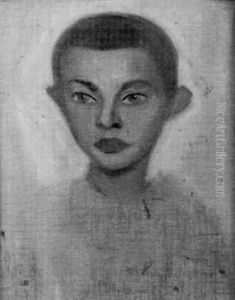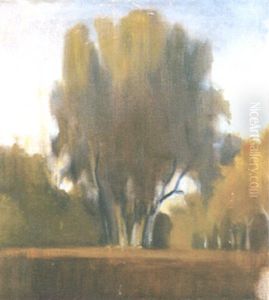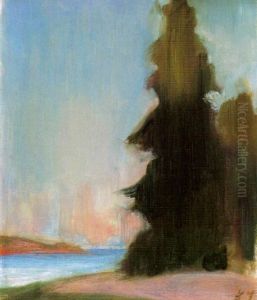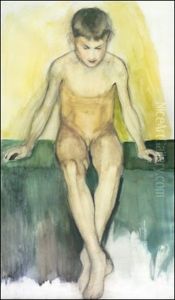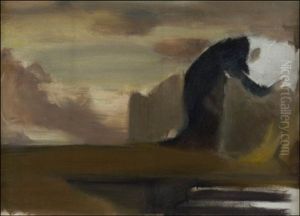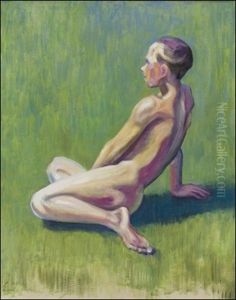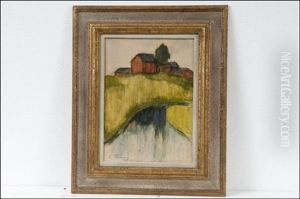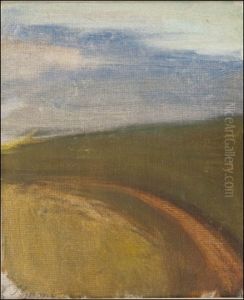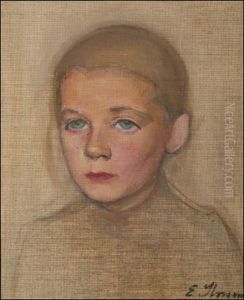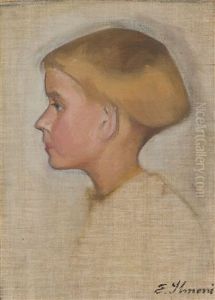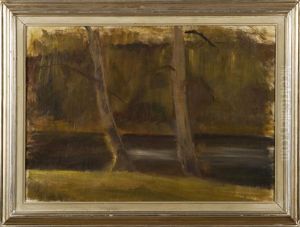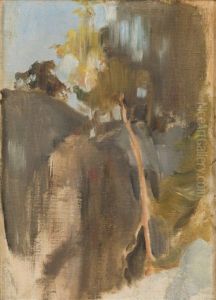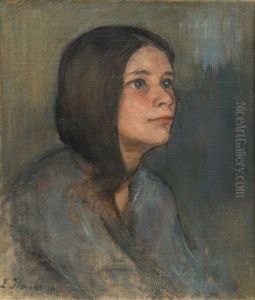Einar Ilmoni Paintings
Einar Ilmoni was a Finnish painter known for his work during the 20th century. Born on December 8, 1891, in Helsinki, Finland, Ilmoni was part of a generation of Finnish artists who were active during a period of significant political and social change in the country. As Finland transitioned from a Grand Duchy under the Russian Empire to an independent nation in 1917, Ilmoni's artistic career unfolded against this backdrop of national transformation.
Ilmoni studied art in his native Finland before continuing his education abroad, which was a common practice for many Finnish artists at the time. He attended the Central School of Arts and Crafts in Helsinki and later went on to study at the Royal Swedish Academy of Arts in Stockholm. These academic opportunities allowed him to refine his technique and absorb various artistic influences.
His artistic style was influenced by post-impressionism and expressionism, which were prominent art movements in Europe during the early 20th century. Ilmoni was particularly known for his landscapes and portraits, which often depicted the Finnish countryside and its inhabitants. His work was characterized by a bold use of color and a tendency to capture the emotional essence of his subjects.
Throughout his career, Ilmoni exhibited his work widely, both in Finland and abroad, and was recognized for his contributions to Finnish art. He was part of several art societies and participated in numerous exhibitions, including the Finnish Art Society's annual exhibits, which played a key role in promoting Finnish art during that era.
Einar Ilmoni passed away on October 1, 1966, leaving behind a legacy that is representative of a pivotal period in Finnish art. His paintings remain a testament to the country's rich cultural history and the artistic movements that shaped the early 20th century European art scene. Today, his works can be found in various art collections and museums, where they continue to be appreciated by art enthusiasts and scholars alike.
